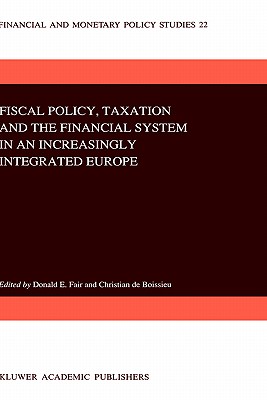Understanding the Benefits and Repayment Options of Federal Direct Unsubsidized Loans
#### What is a Federal Direct Unsubsidized Loan?A Federal Direct Unsubsidized Loan is a type of federal student loan that is available to undergraduate and……
#### What is a Federal Direct Unsubsidized Loan?
A Federal Direct Unsubsidized Loan is a type of federal student loan that is available to undergraduate and graduate students. Unlike subsidized loans, where the government pays the interest while you are in school, the interest on unsubsidized loans begins accruing as soon as the loan is disbursed. This means that borrowers are responsible for all the interest that accrues during their time in school and during any grace periods.
#### Eligibility Requirements for Federal Direct Unsubsidized Loans
To be eligible for a Federal Direct Unsubsidized Loan, students must complete the Free Application for Federal Student Aid (FAFSA). There are no requirements regarding financial need, making these loans accessible to a broader range of students. However, students must be enrolled at least half-time in an eligible program at a college or university that participates in the federal student aid program.
#### Loan Limits for Federal Direct Unsubsidized Loans
The amount you can borrow through a Federal Direct Unsubsidized Loan depends on your year in school and whether you are a dependent or independent student. For undergraduate students, the annual loan limits range from $5,500 to $12,500. Graduate students can borrow up to $20,500 annually. Cumulatively, there are also limits on how much you can borrow throughout your academic career, which can be crucial for budgeting your education expenses.

#### Interest Rates and Fees
The interest rates for Federal Direct Unsubsidized Loans are set by the federal government and can change annually. As of the most recent updates, these rates are fixed, meaning they will not increase over the life of the loan. Additionally, there may be a small origination fee deducted from the loan amount, which is important to consider when calculating how much money you will actually receive.
#### Repayment Options
Repaying a Federal Direct Unsubsidized Loan can be managed through various repayment plans. Standard repayment plans generally last ten years, but borrowers can choose from several other options, including graduated repayment plans, extended repayment plans, and income-driven repayment plans. Income-driven plans can be particularly beneficial for recent graduates who may be entering the job market with lower starting salaries.
#### Loan Forgiveness Programs

Certain borrowers may qualify for loan forgiveness programs after meeting specific criteria. For example, Public Service Loan Forgiveness (PSLF) is available to borrowers who work in qualifying public service jobs and make 120 qualifying payments. These programs can significantly reduce the financial burden of student loans for eligible individuals.
#### Tips for Managing Your Federal Direct Unsubsidized Loan
1. **Stay Informed**: Regularly check your loan balance and interest rates. Understanding how much you owe and the interest accruing can help you plan your repayment strategy.
2. **Make Payments While in School**: If possible, consider making interest payments while you are still in school. This can prevent your loan balance from increasing due to accrued interest.
3. **Explore Repayment Plans Early**: Familiarize yourself with the different repayment options available to you. This knowledge will empower you to choose the best plan for your financial situation.

4. **Seek Financial Counseling**: Many colleges offer financial counseling services that can help you understand your loans and create a budget for repayment.
In conclusion, Federal Direct Unsubsidized Loans can be a valuable resource for funding your education, but they come with responsibilities. Understanding the terms, repayment options, and potential forgiveness programs can help you make informed decisions and manage your student debt effectively.